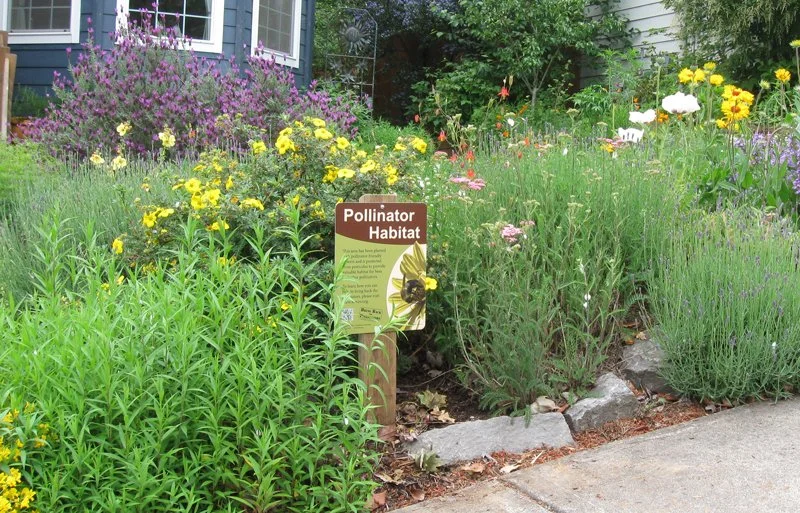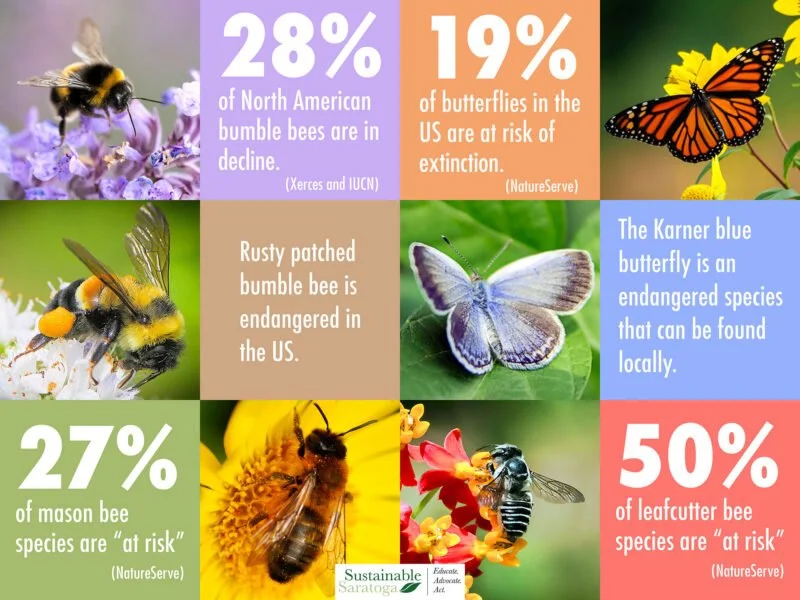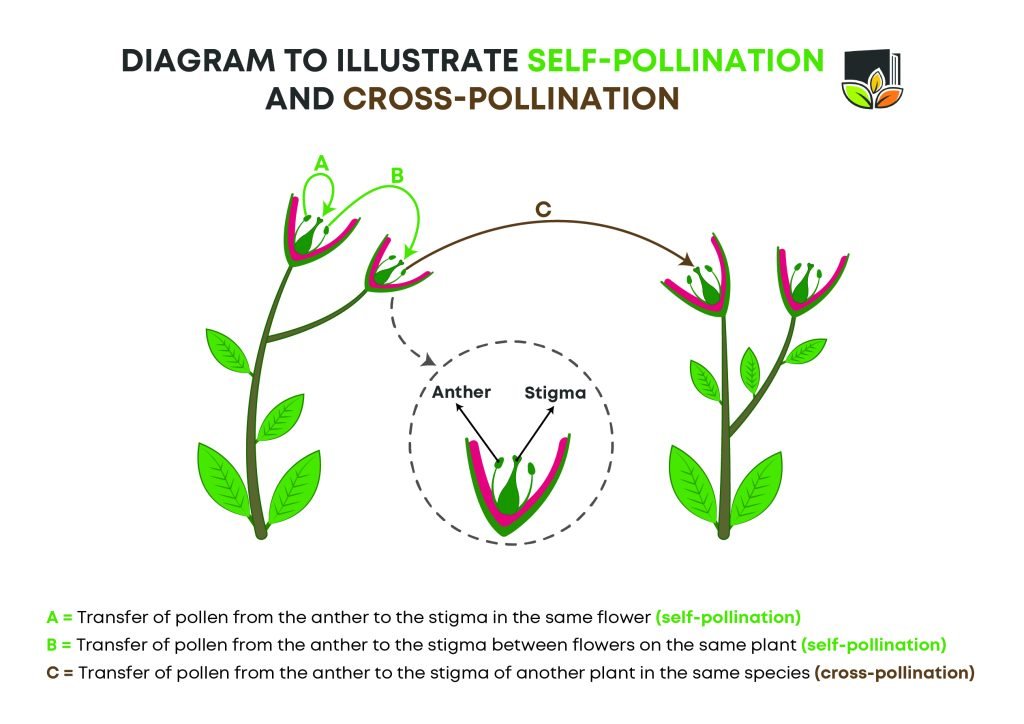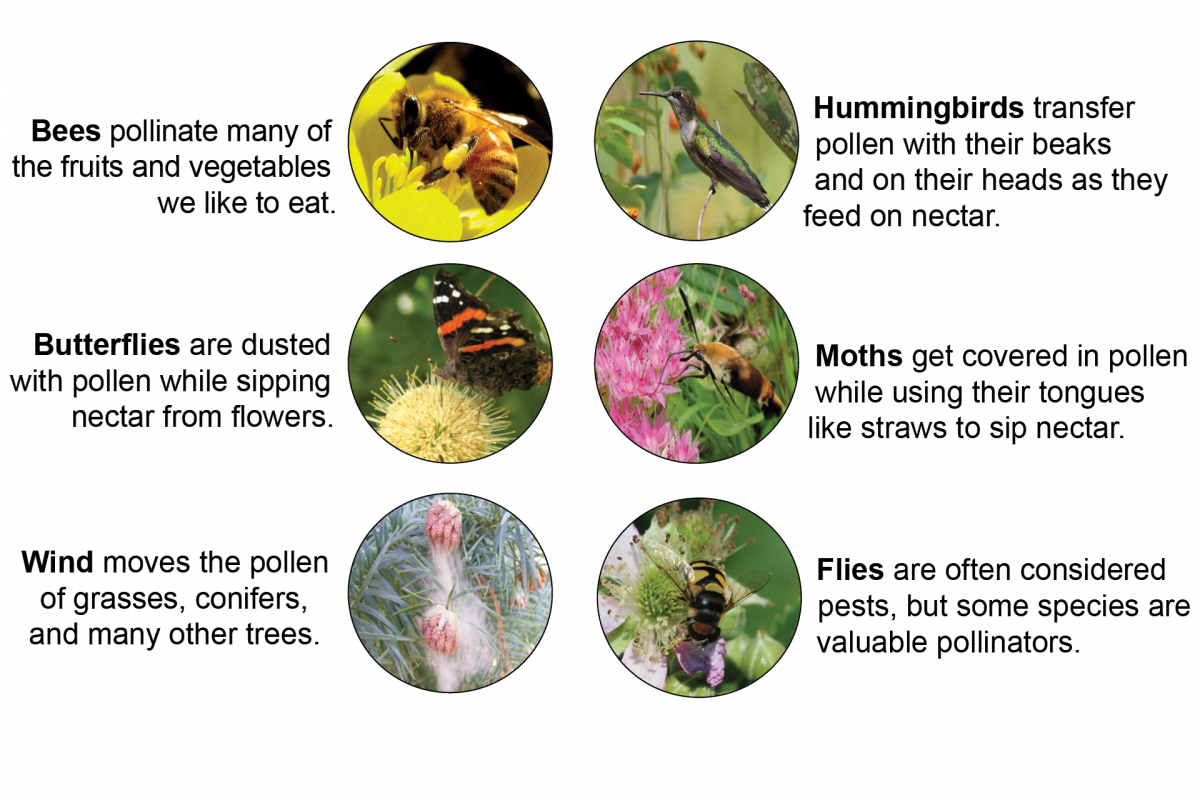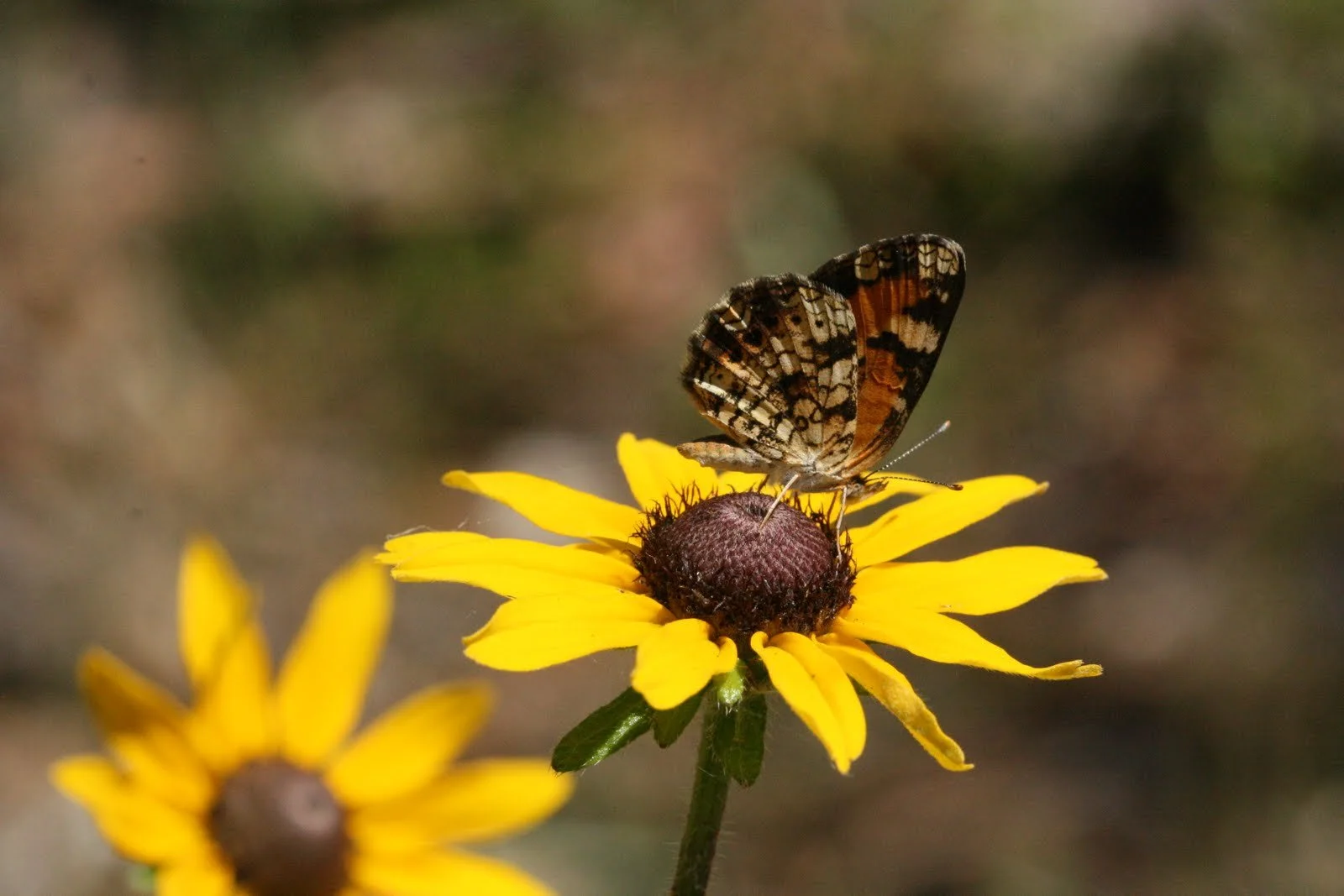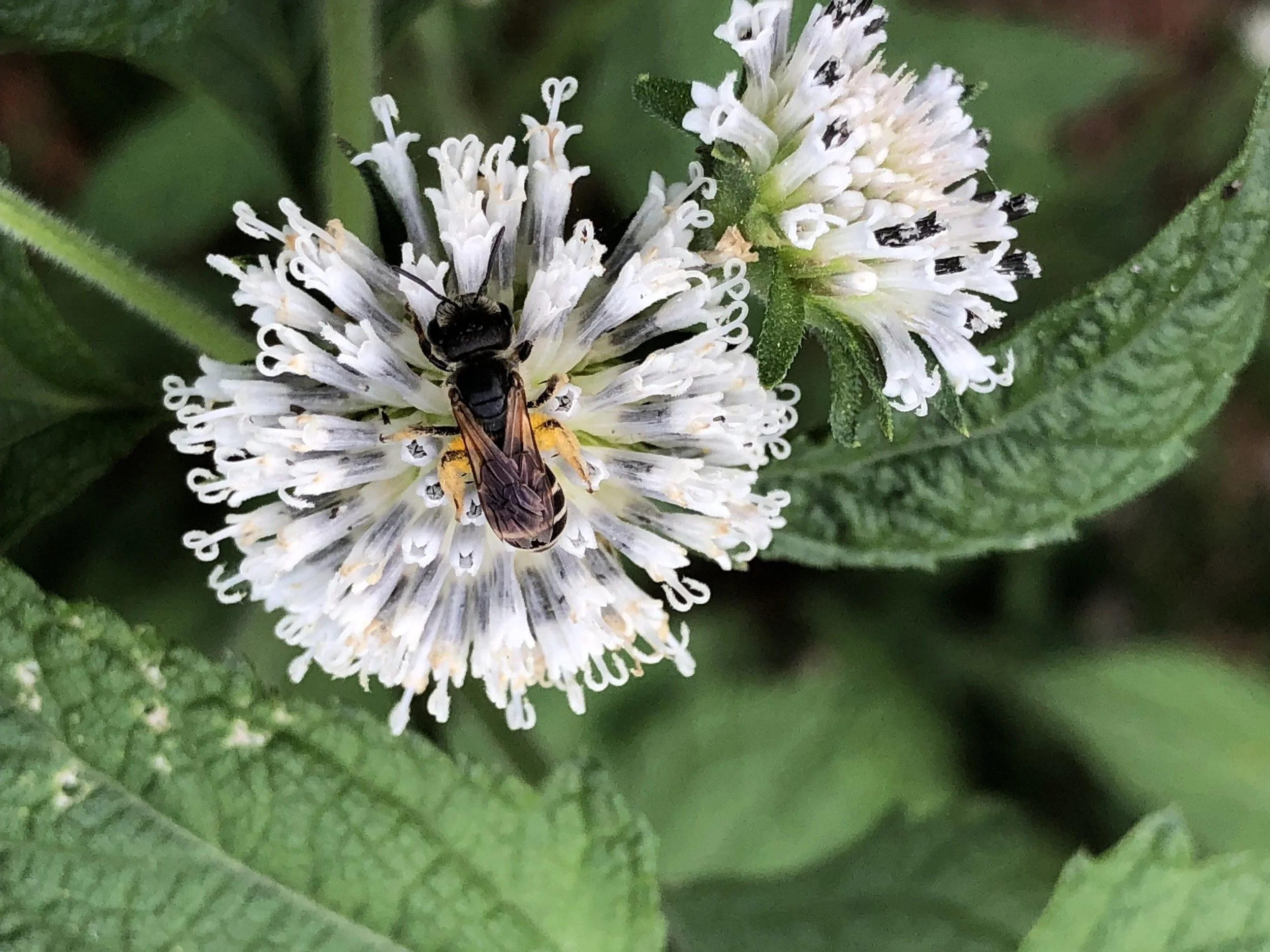IN THE GARDEN: PLANTS AND POLLINATORS
Pollinator habitat sign in a front-yard pollinator garden. Photo: Matthew Shepherd.
It’s a frequent question we get asked by our customers: “How can I attract more butterflies or bees to my garden?” Every single time we’ll answer: “We’re so glad you asked!”. Incorporating plant species that benefit pollinators is a common goal in many of our landscape projects.
A study by USDA Forest Service researchers that began in 2007 and lasted 15 years observed major declines in pollinator populations, especially in species of bees and butterflies. What was most alarming, unfortunately, was not even the decline percentages, which were around 40% - 60% over the duration of the study, but rather that the study was conducted in un-disturbed land. We’d expect these types of declines in human-altered areas because of activity like de-forestation or land development, but finding these declines in areas that have not had these human disturbances is surely a cause for alarm. Researchers believe that invasive species and a changing climate are likely to blame for this type of decline.
Image courtesy of Sustainable Saratoga
But not to fret! In this article we’ll talk about how we can help our pollinator friends by planting a variety of plant species in our gardens and explore some downright awesome adaptations that some specialized plants and pollinators have co-evolved to help solidify their beneficial relationship.
Pollination 101
Let’s start with a quick recap on pollination. It’s kind of a big deal. As in, humanity could not survive without it, big deal. The act of pollinating itself occurs when pollen is transferred from the male part (anther) to the female part (stigma) of a flower. Some plants can “self-pollinate” meaning they can transfer this pollen without much help from animals or insects to do it for them. Other plants need to “cross-pollinate”, where the pollen is transferred from one flower to another. And while yes, pollen grains can be transferred by things like the wind or even water, here we’ll focus on those animals or insects that are doing the pollen transferring, and they’re called — pollinators. All this pollination activity allows for fertilization to occur, which then allows the plant to produce seeds. And seeds are important since they contain the plant genetic material for the next generation of plant babies!
Pollination Strategies
So, what’s a flower to do in order to attract all those pollinators? Well basically, it needs to stand up straight, put on its best outfit, spritz on a lovely scent and set out a tasty snack! “Generalized” pollinators are not too picky and will visit a wide variety of flowers to get their tasty nectar or pollen snack. “Specialized” pollinators however, have developed unique preferences and adaptations to the species they pollinate.
There are many different pollinators and methods of pollination to get the job done!
Take a walk along any pollinator garden in our community while in bloom and you’ll surely notice a variety of colors, shapes and scents amongst the flowers present.
Our native bees love yellows, whites and purples. Fun fact: bees can’t see true red as they lack actual red color receptors! Beetles on the other hand enjoy visiting a white or green flower. You may also notice flower shapes vary from flat petaled to tubular style, which can also suit a pollinator adapted to that species and make nectar trickier or easier to access.
For example, our native coral honeysuckle has long red tubular shaped flowers well suited for pollinators like hummingbirds with long tongues or beaks.
Ruby-throated Hummingbird on coral honeysuckle, Image credit: Allen Sparks via Flickr
Flatter flowers however, like those of the purple coneflower, are better for smaller bees as they provide a nice landing area for them while they eat.
Image credit: Green sweat bee (Agapostemon sp) on Echinacea purpurea by Nancy Lee Adamson
With all these differing characteristics, you guessed it, it’s best to plant a variety in your garden in order to support a diverse population of pollinators. A little plant buffet, if you will.
Some pollinators have a bad rap and are less popular than others, but they are all important members of our ecosystem!
Some of Our Favorites
With so many options, be sure to visit websites like the Florida Native Plant Society or Florida Wildflower Foundation to learn more about plants and what pollinators they may support. It’s hard to choose, but here are a few of our pollinator favorites at Wacca Pilatka:
· Ironweed: Vernonia gigantea
· Dotted horsemint / Spotted beebalm: Monarda punctata
· Whiteleaf mountain-mint Pycnanthemum albescens
· Black-eyed susan: Rudbeckia hirta
· Purple coneflower: Echinacea purpurea
· Snow squarestem: Melanthera nivea
At Wacca Pilatka, we love to create landscapes that help you connect with nature. What better way than to create a pollinator haven? Contact us and we’ll help you make it happen!

